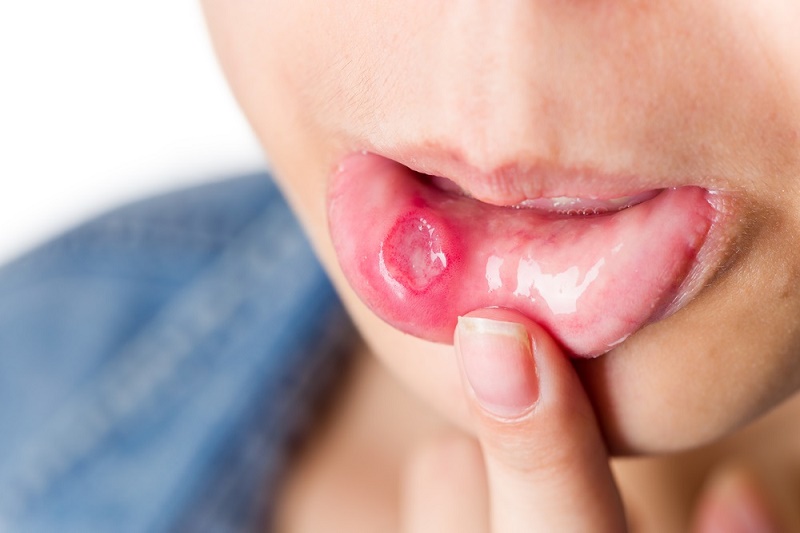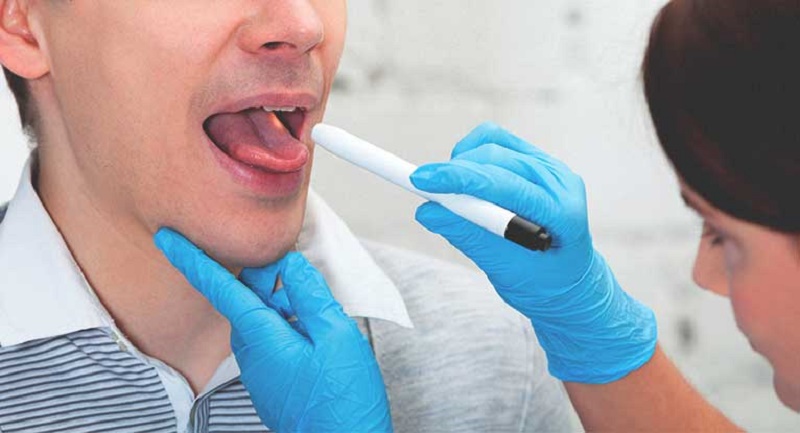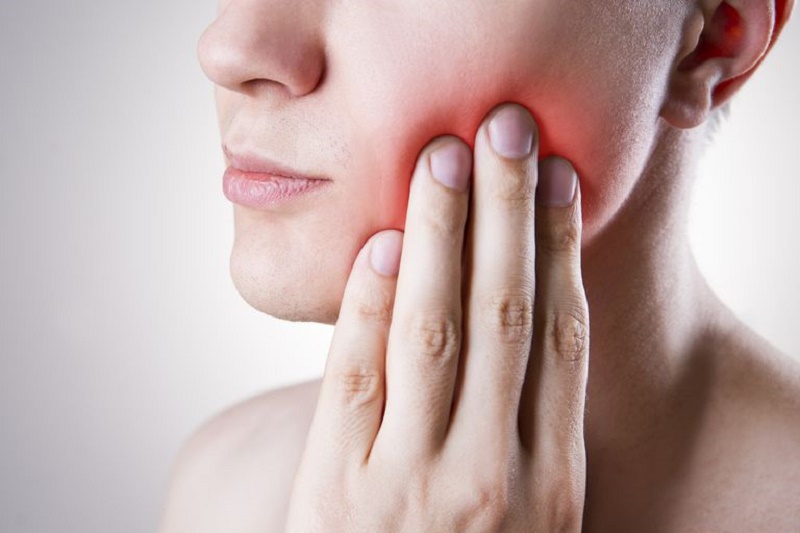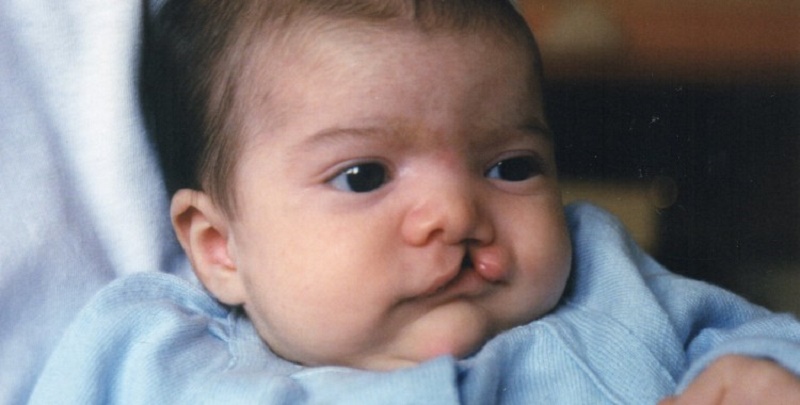To enjoy good oral health is essential to take care of our mouth and maintain good hygiene. Oral diseases not only affect the teeth or the tongue but can reach other areas such as the palate, lips, or gums. Here you have a list of the 20 most common oral diseases. Learn to distinguish them and above all, to prevent them.
Considering that the mouth is what we use to talk and to eat, it is easy to understand that any oral disease that we may suffer from will make our daily life much more annoying and uncomfortable. In addition, several of these diseases are painful and unsightly. Continue reading: Benefits and Uses of Oxygenated water: what is it for?
Most Common Mouth Diseases
Casey Dentists in Townsville advise that some of them have genetic causes and have nothing to do with our bad habits but sometimes, surgery, medication or dental hygiene can alleviate their effects or even eliminate them completely.
1 Oral herpes
2 Mouth sores
3 Oral candidiasis or thrush
4 Leukoplakia
5 Xerostomia or dry mouth
6 Halitosis
7 Caries
8 Bruxism
9 Gingivitis
10 Periodontitis
11 Oral or oral cancer
12 Stomatitis
13 Noma
14 Cleft lip
15 Cleft palate
16 Malocclusion
17 Edentulism
18 Fluorosis
19 Cheilitis
20 Papilloma
Oral herpes
oral herpes oral diseaseHerpes is an infection caused by the herpes simplex virus type 1 (HSV-1) that can appear in the mouth, on the lips or in the gums. It is characterized by forming small painful blisters that are usually known by the name of fever. Once this infection has contracted, the virus remains inactive but may reappear at any time.
It is spread through close or intimate personal contact with the infected person. It can also be contracted by coming into direct contact with herpes or by using objects that have been in contact with it such as lipstick, lip balm, towels, razors, cutlery and so on.
Canker sores
oral ulcerUlcers are one of the oral diseases that can affect any part of the mouth: the tongue, the lips, the inside of the cheeks, the bottom of the mouth and gums. These are lesions that appear due to irritation due to causes such as contact with broken teeth or poorly placed prostheses, bites on the inside of the cheek or lips, or burns from food or drink that is too hot.
Another reason why they may appear is due to the weakness of the immune system due to a cold, for example, fever, stress and hormonal changes, the latter especially in women.
Oral candidiasis or thrush
Oral candidiasis is an infection caused by yeast-like fungi that appear on the tongue and in the lining of the mouth. These fungi live naturally in our mouth but sometimes, the conditions can favor that they multiply causing the infection.
Usually, this usually happens when the body’s defenses go down and the immune system is not able to control these fungi. In addition, steroids, diabetes, antibiotics or poorly fitting dentures can also cause oral candidiasis to appear. It is usually frequent in newborns and in these cases, it is easy to treat.
Leukoplakia
It appears in the form of patches on the tongue, on the inside of the cheek and in the mouth, always affecting the mucous membranes. It is unknown what is the cause that favors its appearance although options are considered as asperities in teeth or dentures, tobacco (especially if smoking in the pipe) or alcohol.
There is a type of leukoplakia called oral hairy leukoplakia that is caused by the Epstein-Barr virus and that appears especially in people with HIV / AIDS, being one of the first symptoms that appear of this disease. It has also been observed in people who do not have AIDS but whose immune system does not work in the right way, such as those who have recently received a bone marrow transplant.
Xerostomia or dry mouth
Xerostomia or dry mouth is the sensation of dry mouth due to the decrease or absence of saliva due to an alteration in the functioning of the salivary glands. It tends to affect women more often than men; 40% of those who suffer from it are over 50 years old.
Read also: The importance of meditation to leave anxiety
There are several causes why dry mouth may appear. Some of them are stress, anxiety including depression, which can cause abnormal functioning of the salivary glands. Diseases such as diabetes can also affect the production of saliva. Likewise, tobacco, alcohol and a diet low in fruits and vegetables contribute to the appearance of xerostomia.
Halitosis
Halitosis is also known as bad breath characterized by an unpleasant odor that comes out of the mouth and that gives rise to problems of a social nature. It is usually associated with poor hygiene and oral diseases although it may be a sign of other types of pathologies.
Oral halitosis comes from the oral cavity itself and is usually due to the existence of bacterial plaque on the tongue although it can also be related to other causes such as poor dental hygiene or tobacco. However, extraoral halitosis is caused by disorders of the digestive tract, the liver or the kidneys.
Cavities
Cavities are perforations or structural changes that occur in the teeth. It can affect people of any age and is one of the main causes of teething loss. They appear when the remains of food are left between the teeth forming plaque that will later become tartar whose acids will damage the tooth enamel.
In general, decay does not hurt unless it becomes too large and ends up affecting the tooth nerve or causing a tooth fracture. It is important to treat cavities when they appear to prevent tooth abscess and tooth extraction.
Bruxism
Bruxism consists of strongly tightening the teeth or making them grind unconsciously. It is usual to occur at night when it is more difficult to control the impulse. Although there are people who do not show symptoms, many people with bruxism show problems in the articulation of the jaw and wear on the teeth. Earache, headache, or jaw pain may also occur.
There is no consensus about the causes that cause the appearance of bruxism but it is believed that it can be closely related to stress and anxiety. In fact, some patients with bruxism have seen that it disappeared after performing relaxation techniques. Another method used is the use of splints to prevent the grinding of teeth.
Gingivitis
Gingivitis is inflammation of the gums and is a long-term effect of plaque buildup between the teeth from which other oral diseases such as decay derive. Both plaque and tartar produce bacteria that emit toxins harmful to the gums, causing inflammation and increased sensitivity. Bleeding and ulcers may appear.
In addition to poor dental hygiene, there are other factors that may favor the appearance of gingivitis such as pregnancy, diabetes that is not being controlled, the use of some medications, misaligned teeth or poorly placed dentures.
Periodontitis
It consists of inflammation and infection of the bones and ligaments that serve to hold the teeth. It appears when a gingivitis has not been properly treated and the inflammation goes beyond the gums affecting the support of the teeth that end up loosening and falling. The plaque and tartar form pockets between the tooth and the gum that end up passing to the soft tissue and from there to the bones.
If the proper treatment is not carried out, periodontitis can result in the so-called “trench mouth,” a painful form of gingivitis in which ulcers appear on the gums. This increase in bacteria can also lead to the appearance of viruses.
Oral cancer
This type of cancer usually appears on the lips and tongue but can also occur in other parts of the mouth such as the inside of the cheeks, gums, the floor of the mouth or palate. It is usually cancer that spreads rapidly.
Tobacco and alcohol are considered to be the main factors of mouth cancer, although there are other possible causes such as chronic rubbing with prostheses, human papillomavirus, immunosuppressive drugs and poor dental hygiene. If you need dental help especially for these situations, please contact this Gilbert, Arizona TMJ dentist and they will be happy to assist you with all your dental needs and provide you effective dental treatment.
Stomatitis
It consists of an infection of the mouth caused by the herpes simplex virus (HSV) that manifests itself in the form of ulcers and sores. It is very common in children who pass it easily from one to another.
In addition to blisters and ulcers, difficulty swallowing, drooling, fever and irritability may occur especially at the time of eating and drinking for the inconvenience. The treatment is simple and consists of a medicine to fight the infection and an analgesic for pain.
Once the VHS has been acquired, it will remain in the body forever. In most cases, it will always remain inactive but may arise from time to time, with ulcers appearing again.
Harelip
Hare’s lip is a congenital defect that occurs when the lip has not developed properly in the mother’s womb during the first months of pregnancy. It consists of an opening of the upper lip that can sometimes reach the nose. It is usually accompanied by a cleft palate.
It can cause some problems in children such as difficulty feeding the mother, hearing loss, problems in speech and language and problems in the development of the denture. In addition, the visible malformation that it entails can cause emotional and psychological problems.
Cleft palate
The cleft palate is a malformation that arises during the first three months of pregnancy and causes the baby to be born with incomplete palate tissue. It is often accompanied by a cleft lip. Depending on whether the opening of the palate is in the front or back, can cause problems to eat and drink and also to talk.
The cleft palate can be solved with a surgery that must be practiced before the baby reaches 18 months of age. Occasionally, dental care and speech therapies are also required.
Malocclusion
The malocclusion appears when the teeth are not properly aligned or the upper and lower rows do not fit properly. It is one of the most common oral diseases that most of the population present, although few people need any type of intervention to correct it.
There are several causes for malocclusion to occur, almost all of them produced in childhood: sucking the finger to old age, excessive use of the bottle or breathing through the mouth are some of them. In addition, it also appears when baby teeth have little space between them, which makes the definitive ones have to grow crooked.
Edentulism
The edentulism consists of the partial or total loss of the teeth of progressive form because of traumatisms, diseases, decay and a deficient dental hygiene. The consequences are mainly aesthetic, which leads to a lack of self-esteem and emotional problems as well as difficulties when eating and talking.
In addition, the partial absence of teeth causes the bone to be reabsorbed causing the displacement of the remaining pieces. This causes a great alteration in the functioning of the jaw, especially in regard to the bite.
Fluorosis
Fluorosis consists of spots that appear on the tooth enamel that do not produce pain nor affect the normal function of the tooth. It is usually very difficult to see them with the naked eye but if the fluorosis is severe, the spots may appear brown and the enamel with bites. It is one of the most aesthetic, painful or problematic oral diseases.
The appearance of fluorosis is due to excessive consumption of fluoride during the process of formation of the teeth but before they come out in the mouth which occurs before eight years of age. To avoid this, it is advisable to ensure that children do not use too much toothpaste when they brush their teeth and that they do not abuse the mouthwash.
Cheilitis
It is also known as chewing gums, is an inflammation of the commissures where the upper and lower lips meet that may appear on one side or both. It usually appears in the form of redness that can be aggravated by fissures, cracks, and crusts in the most serious cases.
It can be caused by bacteria or fungi although sometimes it is a sign of poor nutrition or low defenses. It is especially annoying when eating because it tends to sting or burn when you open your mouth and with contact with food and drinks.
Papilloma
The human papillomavirus (HPV) is characterized by skin lesions in the form of warts or ulcers. When it is found in the oral cavity, it usually appears on the lips, at the corners, on the frenulum and on the back of the tongue.
Many studies suggest that oral papilloma can lead to cancer in its high-risk strains, which is why it is one of the oral diseases that require more attention. In these cases, the papilloma descends to the throat. So, you have to immediately consult with the doctor if you have most common mouth diseases. You might also read: http://magazinemi.com/heart-attack-and-stroke-due-to-diabetes/
Tags: common mouth disease, diseases























Leave a Reply